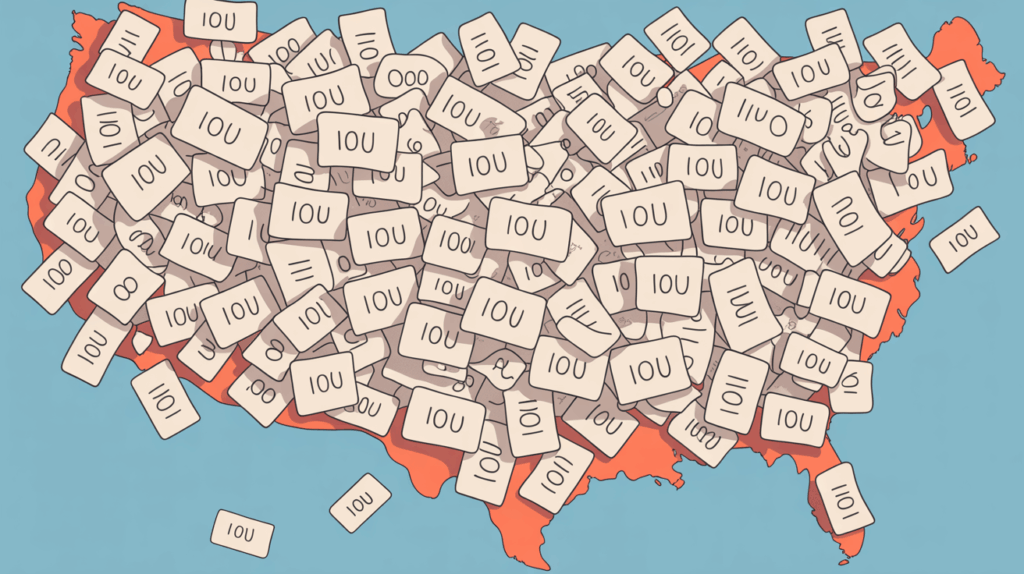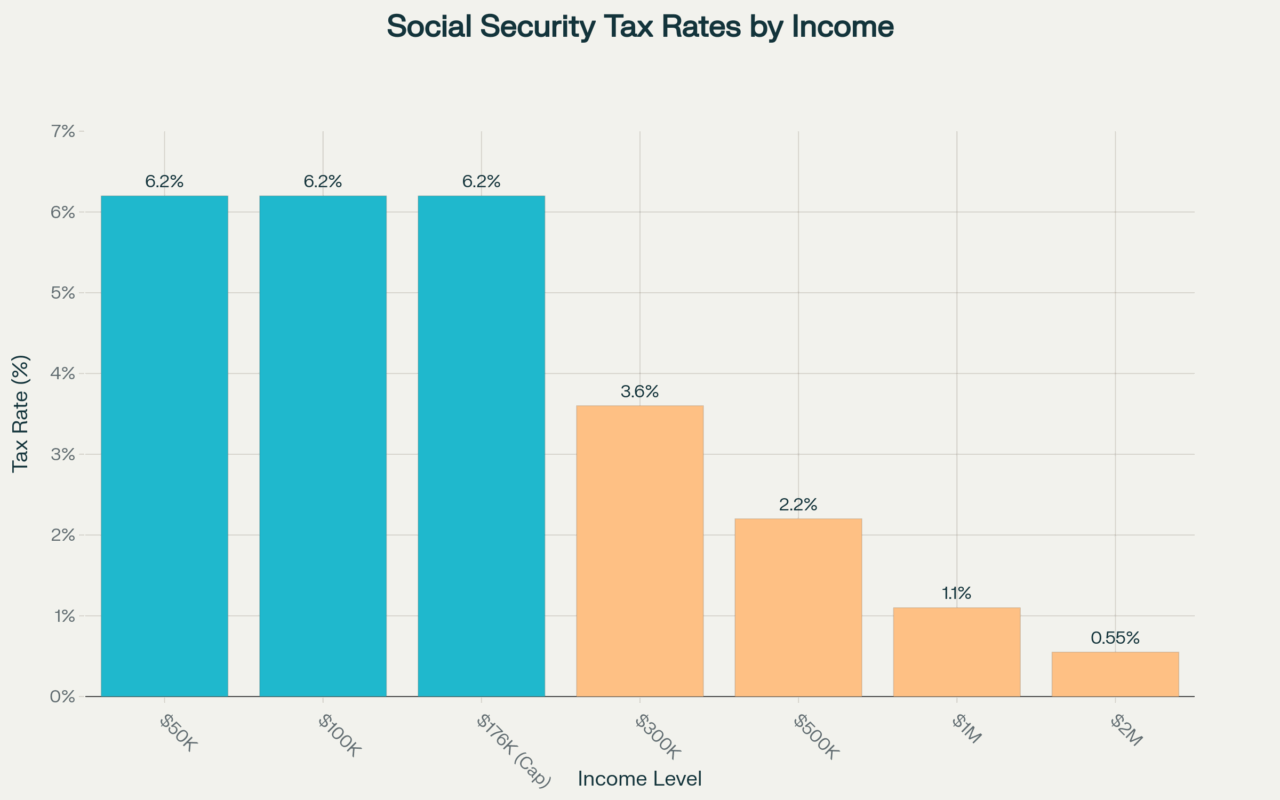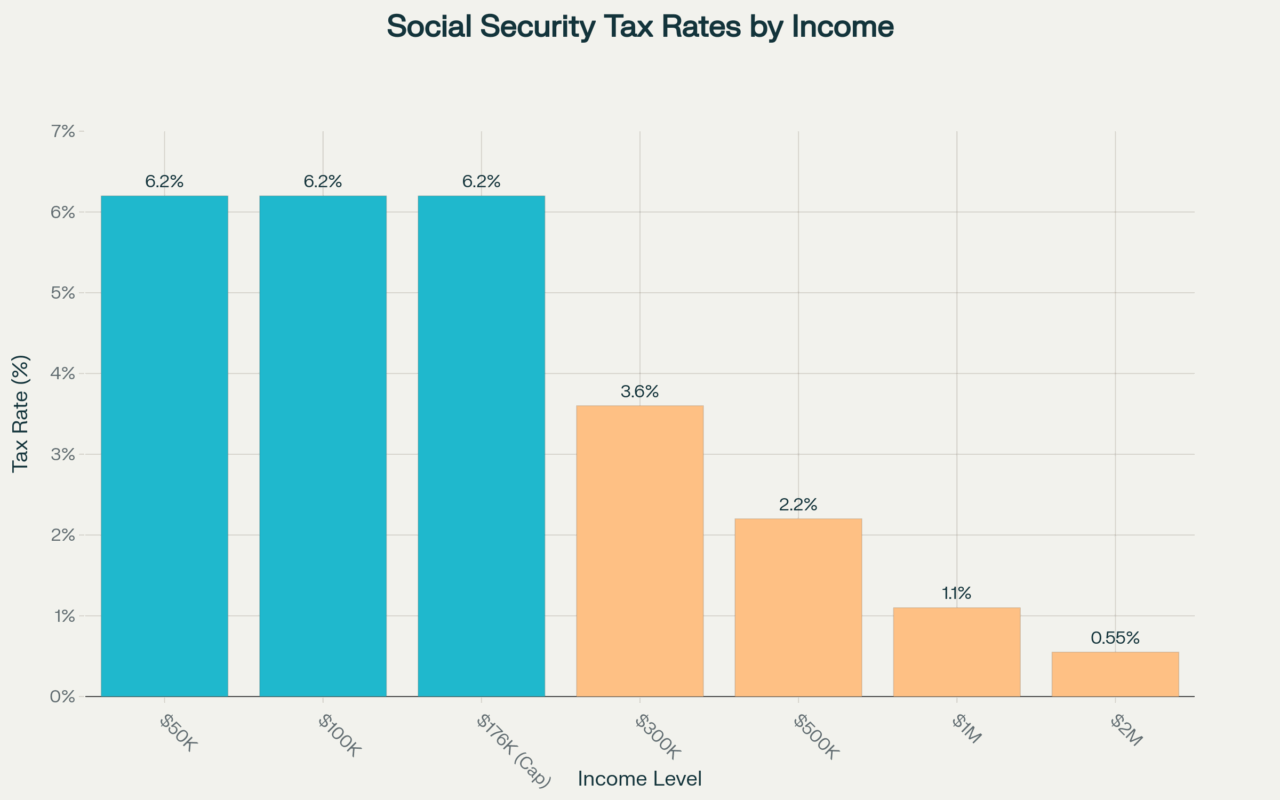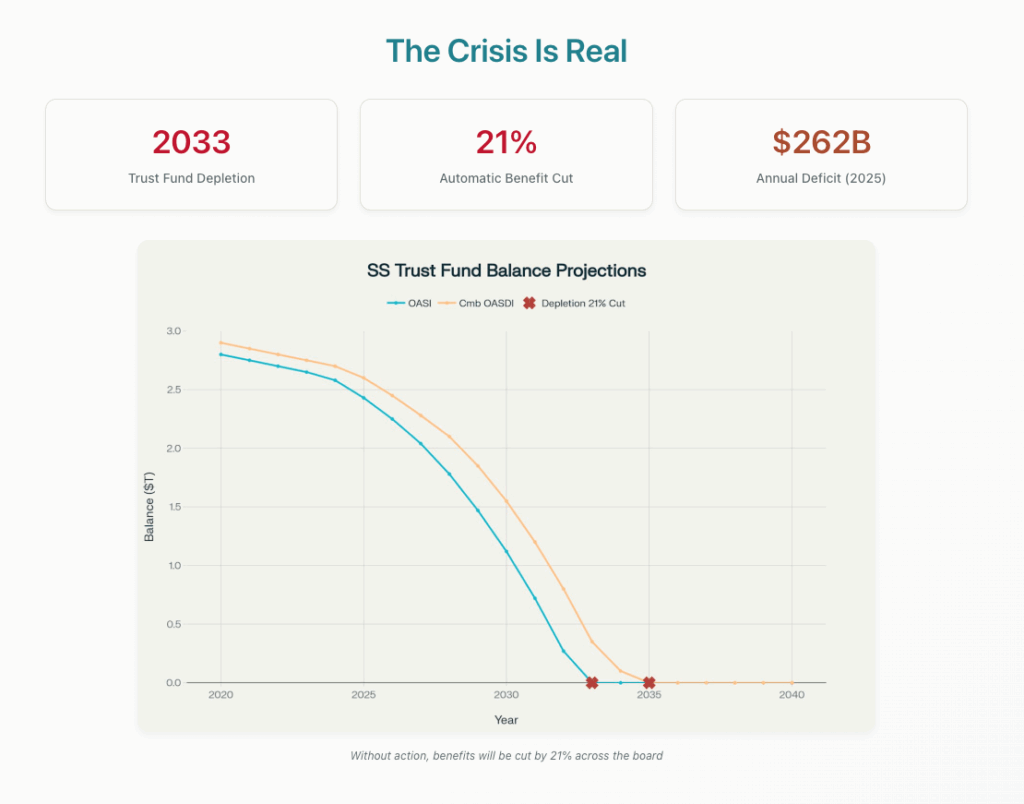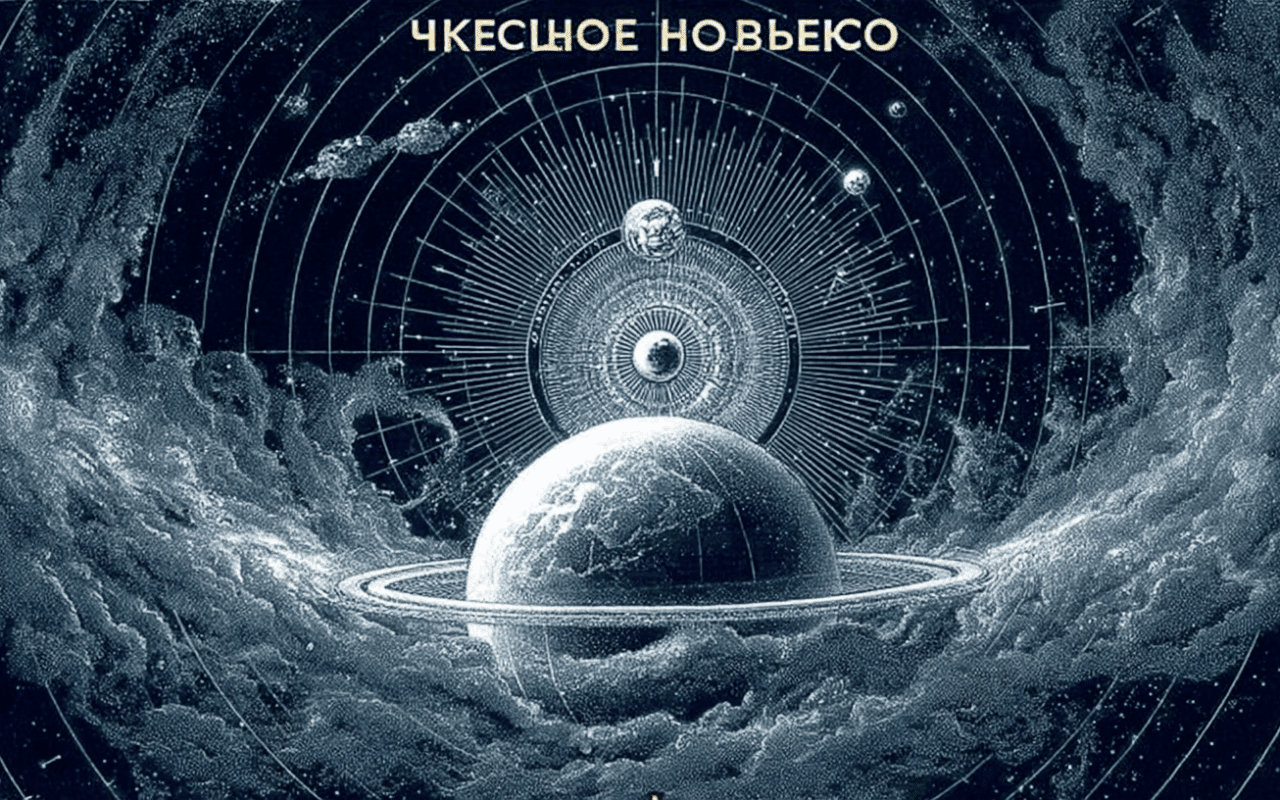That’s a paraphrase. But it’s descriptive — Alexei Navalny skewered Putin’s Russia for its corruption. And paid a price with his life — because that’s what authoritarian regimes demand: your loyalty or your life. Yet a Russian-style mafia state is the end goal of Trump and his cronies.
Navalny — like the U.S. Founding Fathers did before him — believed in human rights and the dignity of all souls equally before God and rational thought. But Putin — like the Confederates and Nazis before him — believed that some men were better than others, and that people like him should rule over all the rest. They wanted a return to essentially monarchy — but with the modern power and technology of the state of the 21st century, making it an authoritarian political philosophy.
These two ideologies are battling it out in today’s geopolitical landscape. The rise of nationalist and right-wing parties of all stripes across the globe has been unsettling yet unmistakable over these past number of years. Upset victories and near misses have dotted the landscape, as left-wing parties still are (perhaps rightfully) reeling over the idea that anyone could abandon the conviction that societies thrive best when the laws are applied equally, or that it’s probably a bad thing to concentrate too much power into one person’s hands, or that concentration camps are wrong — to name but a few.


The right-wing moral universe seems to see the vague suggestion that Hunter Biden once tried (and failed) to broker a meeting with his VP dad as an impeachable offense while Trump hawking his own line of egregiously priced perfumes from the White House, or shilling Teslas on the lawn, or inking multi-billion dollar deals with Saudi Arabia while in office is just business as usual. Nothing to see here.
That’s how the system works — they normalize corruption and bad behavior when it’s a Republican doing it, and criminalize it if a Democrat does. Selective enforcement of the law means there really is no law anymore — it’s just the President’s whim that day. Or should I say, the King’s.
Alexei Navalny: Human rights is the goal of politics
This is the stuff they don’t want anybody to see. This is the very basic demands of a civilized society that we ought to expect — ideas so powerful that men like Vladimir Putin have to kill him in a desperate attempt to make the dangerous idea of self-worth more widely known. They really do not want you to have rights — and this is how far they are willing to go:






